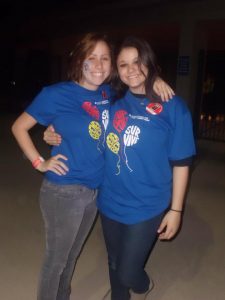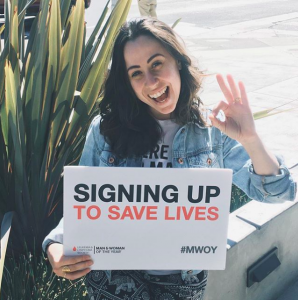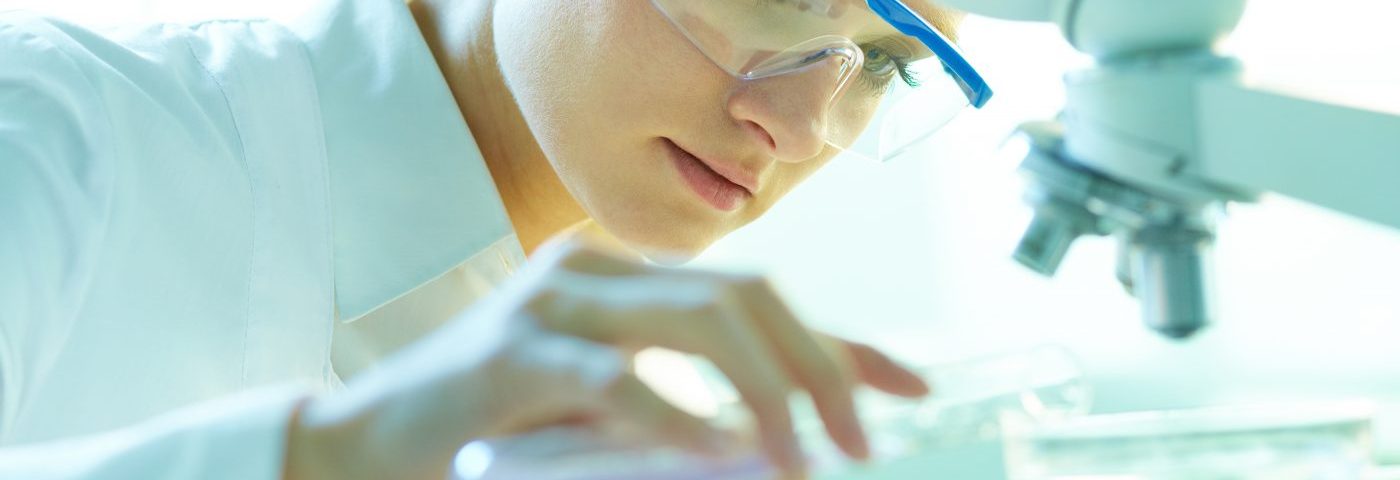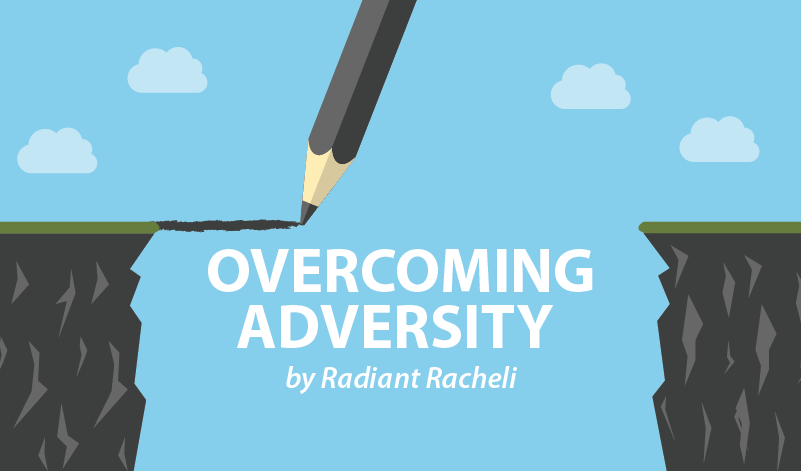Before my cancer diagnosis, the only cancer organizations I knew of were some breast cancer charities and the Leukemia & Lymphoma Society (LLS). As someone who didn’t have cancer and wasn’t involved in any sort of cancer community, I never knew if money donated to these organizations actually went to research and improvements for cancer patients.
That’s why I believe looking into the organizations that we support is tremendously important.

Cancer research is usually something that happens behind closed doors, spoken of in terms that the average person doesn’t understand. It’s something so far from what we see in our day-to-day lives, and the work that’s carried out can take years to produce tangible results.
It’s been quite the eye-opener to see so closely how research affects the treatments developed to cure and heal our bodies of lymphoma.
When I was diagnosed with Hodgkin’s lymphoma in 2015, I was told that two of my cousins had the disease about 40 years ago. (I intend to one day write about the fact that this cancer isn’t considered hereditary, yet a ridiculous amount of cases run in families like mine.)
When I realized that my cousins had the same cancer as I did, I asked what their treatment was like. Unsurprisingly, their experiences were completely different than mine, and their prognoses were much less favorable than mine was. One cousin had her spleen completely removed, and her treatment consisted of direct radiation to her chest area. This treatment increased her breast cancer risk, and she subsequently had a preventative double mastectomy.
When I was diagnosed, my treatment protocol was 12 rounds of ABVD chemotherapy. Each medication — Adriamycin (doxorubicin), bleomycin, vinblastine, and dacarbazine — has side effects, but some are more significant and long-term than others.
Bleomycin has the potential to cause significant lung damage. In most cases, when lung damage occurs, the treatment is removed from the protocol.
At my fifth treatment, my doctor and I made the decision together to remove bleomycin from my treatment plan because of how badly it affected me. It is now a little over two years since my last chemo with bleomycin, and I am still affected daily by chronic lung toxicity. Every day, it takes a little extra effort to breathe comfortably at rest, walk up a hill, and live a “normal” daily life without a struggle in my chest.
There’s no remedy for this side effect, which is an issue for many of us treated with bleomycin. As a result of extensive research and clinical trials, the medication has since been removed from this treatment regimen and replaced with a medication called brentuximab, which has shown to have more tolerable side effects.
Alongside this amazing progress, in May 2016, the relapse protocol for Hodgkin’s lymphoma is now treated with an immunotherapy instead of harsh chemotherapy medication when prepping for a stem cell transplant.
According to the Memorial Sloan Kettering Cancer Center: “The FDA has approved the immunotherapy drug nivolumab (Opdivo®) for use in Hodgkin lymphoma patients who have exhausted all other treatments. It is only the second drug in the last four decades approved for relapsed Hodgkin lymphoma — and the first in a new generation of immunotherapy drugs to be approved for the disease.”
One of my good friends is currently on this immunotherapy treatment after finding out in March that her Hodgkin’s lymphoma has returned, and she is responding positively to it.

These approvals and outcomes are only possible because of what happens in those closed labs. I’ve personally seen direct impacts of the research from organizations like the Leukemia & Lymphoma Society. After being directly supported by LLS during my treatment and seeing that the money goes not only to research but also to the organization’s Co-Pay Assistance Program, it is my honor to be an LLS Woman of the Year 2018 candidate.
My goal is to raise $50,000 by June 8, which will fund an entire year of research for better treatments like brentuximab and nivolumab. I invite you to be a hero today and join me in supporting LLS in their mission to save lives. Every dollar counts!
Please support my campaign here.
Thank you in advance for your continued support of the journey of all past, present, and future lymphoma patients. Everything is gonna be OK!
***
Note: Lymphoma News Today is strictly a news and information website about the disease. It does not provide medical advice, diagnosis, or treatment. This content is not intended to be a substitute for professional medical advice, diagnosis, or treatment. Always seek the advice of your physician or other qualified health provider with any questions you may have regarding a medical condition. Never disregard professional medical advice or delay in seeking it because of something you have read on this website. The opinions expressed in this column are not those of Lymphoma News Today, or its parent company, BioNews Services, and are intended to spark discussion about issues pertaining to lymphoma.



